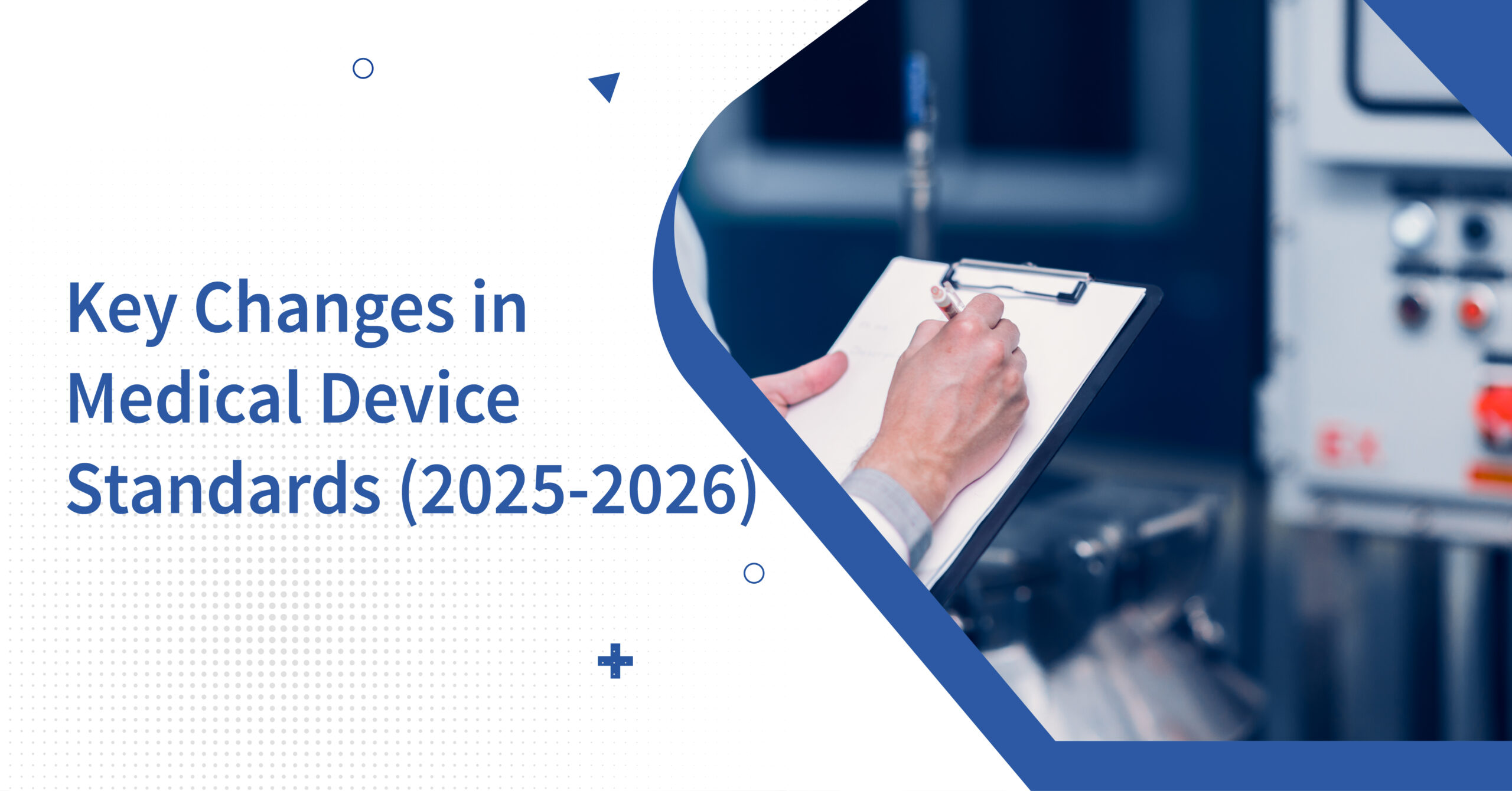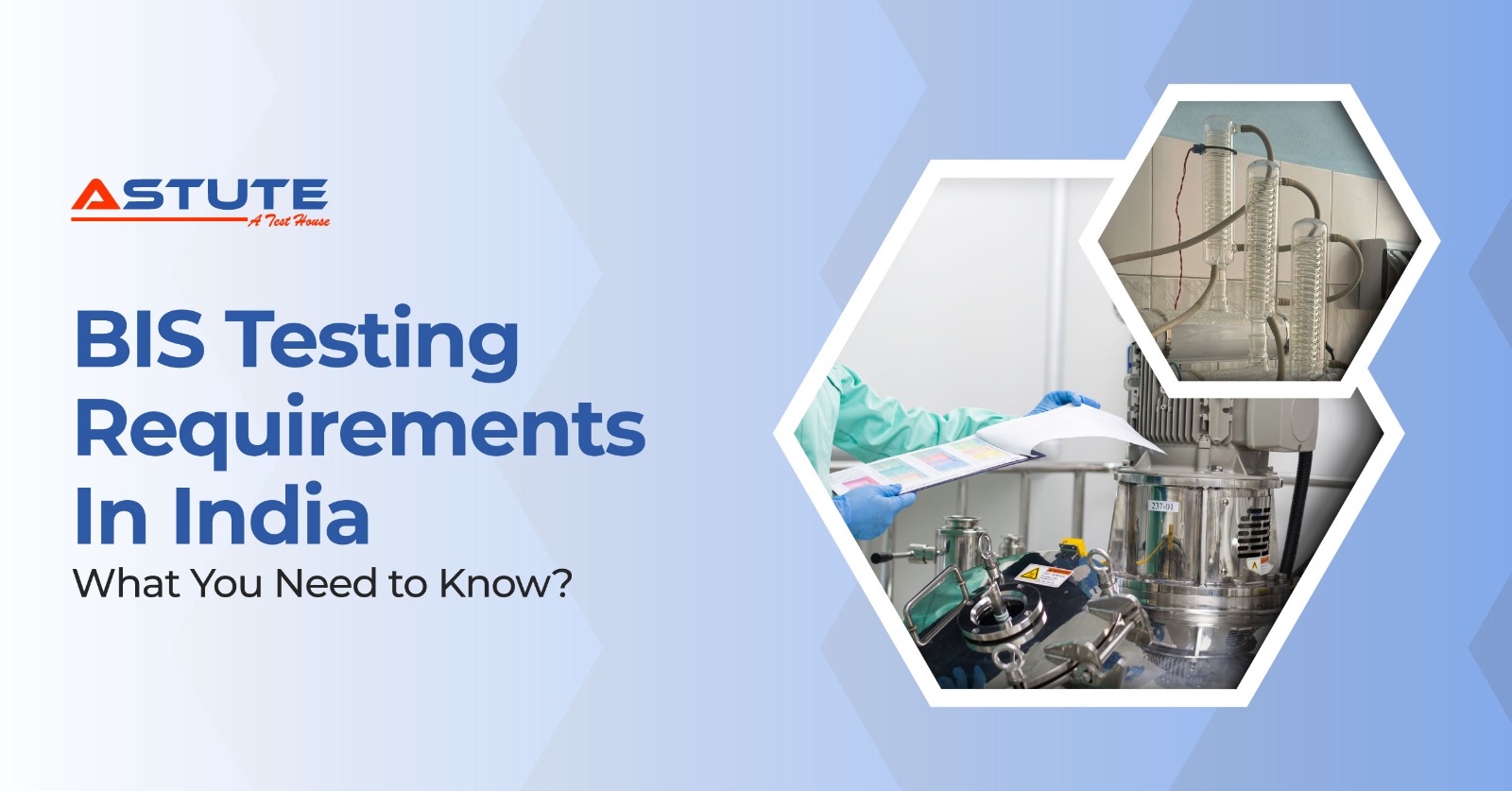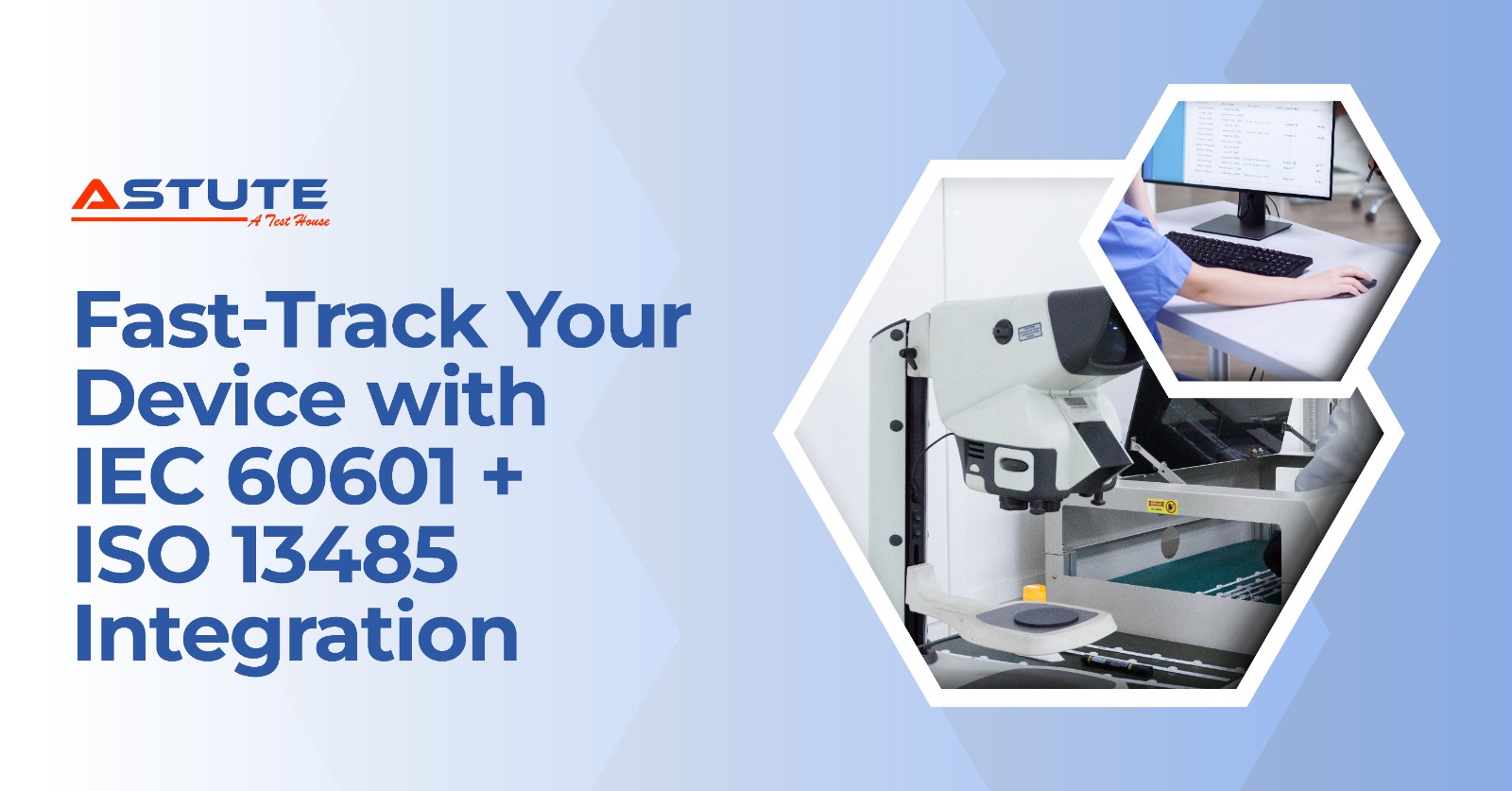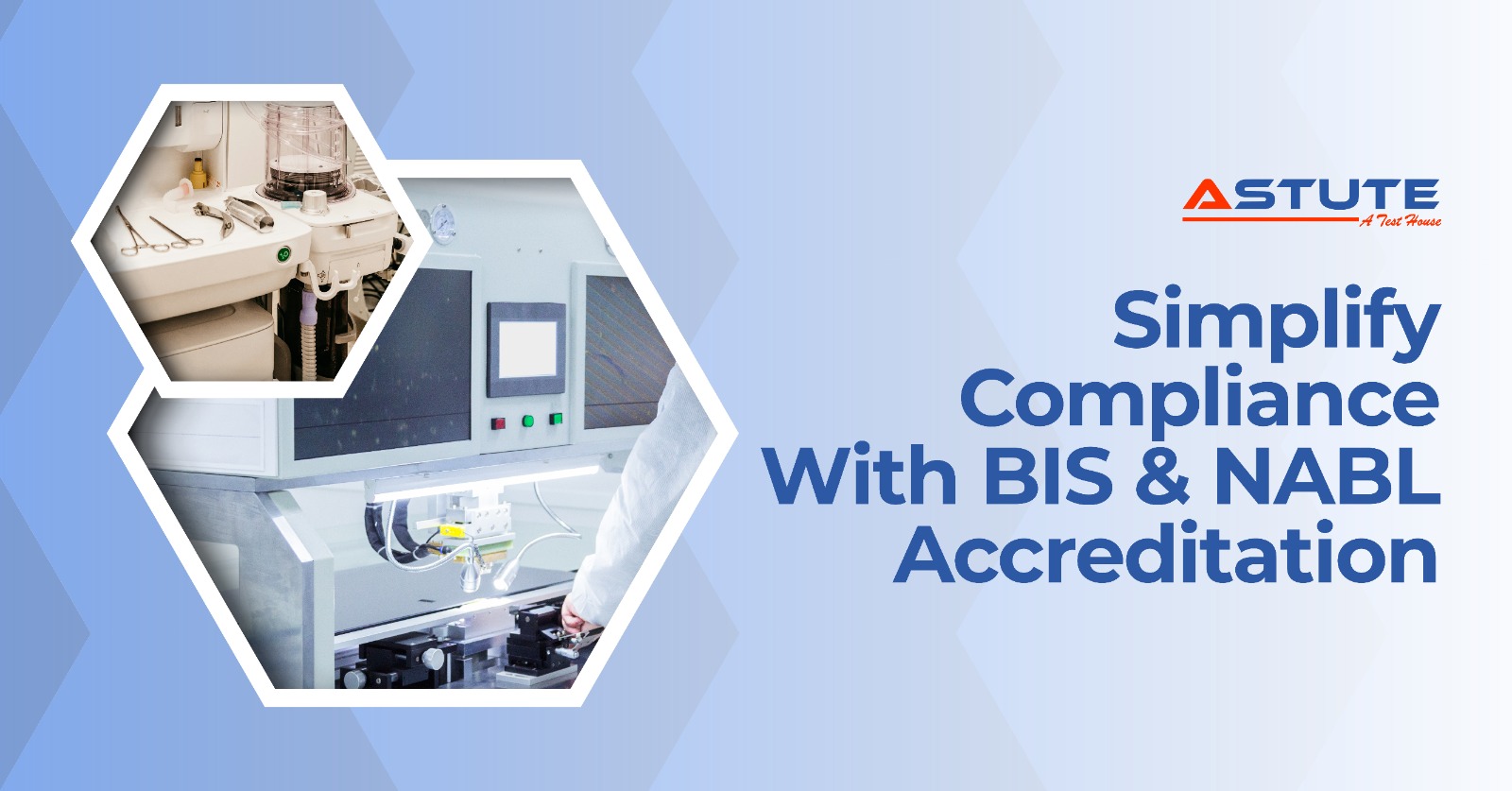India’s medical device landscape is entering a transformative phase. With an aim to harmonize with global standards, reduce regulatory ambiguity, and boost public health outcomes, regulatory bodies such as CDSCO, BIS, and NABL have announced a slew of reforms for 2025–2026. These changes are not just incremental; they reshape how manufacturers manage compliance, testing, and certification.
The updates, from risk reclassification of over 500 medical devices to a fully digitized SUGAM portal, demand proactive alignment. This is a crucial moment for manufacturers, labs, and stakeholders to pivot from reactive compliance to strategic foresight.
Let’s break down these updates and explore how Astute Labs can support your journey from regulation to acceleration.
India’s Regulatory Reforms: What’s Changing?
CDSCO: Risk Classification & SUGAM Automation
In early 2025, the Central Drugs Standard Control Organisation (CDSCO) undertook a risk-based reclassification of 553 medical devices across cardiovascular and neurological segments. Among these, 221 were placed in Class D, the highest risk category (Source).
Simultaneously, on April 9, 2025, the SUGAM portal was relaunched as a fully automated platform for Market Standing Certificates (MSC) and Non-Conviction Certificates (NCC). Any applications filed under the old system were nullified, mandating resubmission through the new digital portal (ET HealthWorld).
What You Should Do:
- Review outstanding MSC/NCC applications and resubmit via the SUGAM portal.
- Use Astute Labs’ digital-integrated workflows to ensure auto-certification and digital traceability.
- Update internal SOPs for certificate tracking and documentation.
BIS: Accelerated Standards for Critical Devices
The Bureau of Indian Standards (BIS) is fast-tracking certification norms for 214 critical medical devices by December 2025. These include high-impact technologies like defiberator, ventilator, anaesthesia machine, Cautery machine, Warmer, and Phototherapy.
What You Should Do:
- Cross-check your SKUs against the Compulsory Certification list and upcoming IS numbers.
- Leverage Astute Labs’ BIS-compliant testing services for product validation and documentation.
- Plan resources for the added testing, registration, and certification fees.
Strategic Impacts for Manufacturers & Labs
These reforms aren’t just bureaucratic updates—they have tangible effects on operational workflows:
- Technical Documentation: Update product dossiers to reflect new risk classes, UDI codes, and digital certificate references.
- Testing Protocols: AI-powered devices now require EMI/EMC testing and biocompatibility assessments.
- Project Timelines: Expect potential delays due to portal migrations and NABL audit scheduling—build in lead time accordingly.
Conclusion
As India’s medical device regulations evolve in tandem with global standards, proactive compliance is your best competitive edge. From CDSCO’s digital-first approach to BIS’s certification acceleration and NABL’s ISO mandate, each update reinforces the need for systems that are fast, transparent, and audit-ready.
Astute Labs is here to turn regulatory complexity into a strategic advantage, offering full-spectrum support across testing, documentation, and accreditation.





